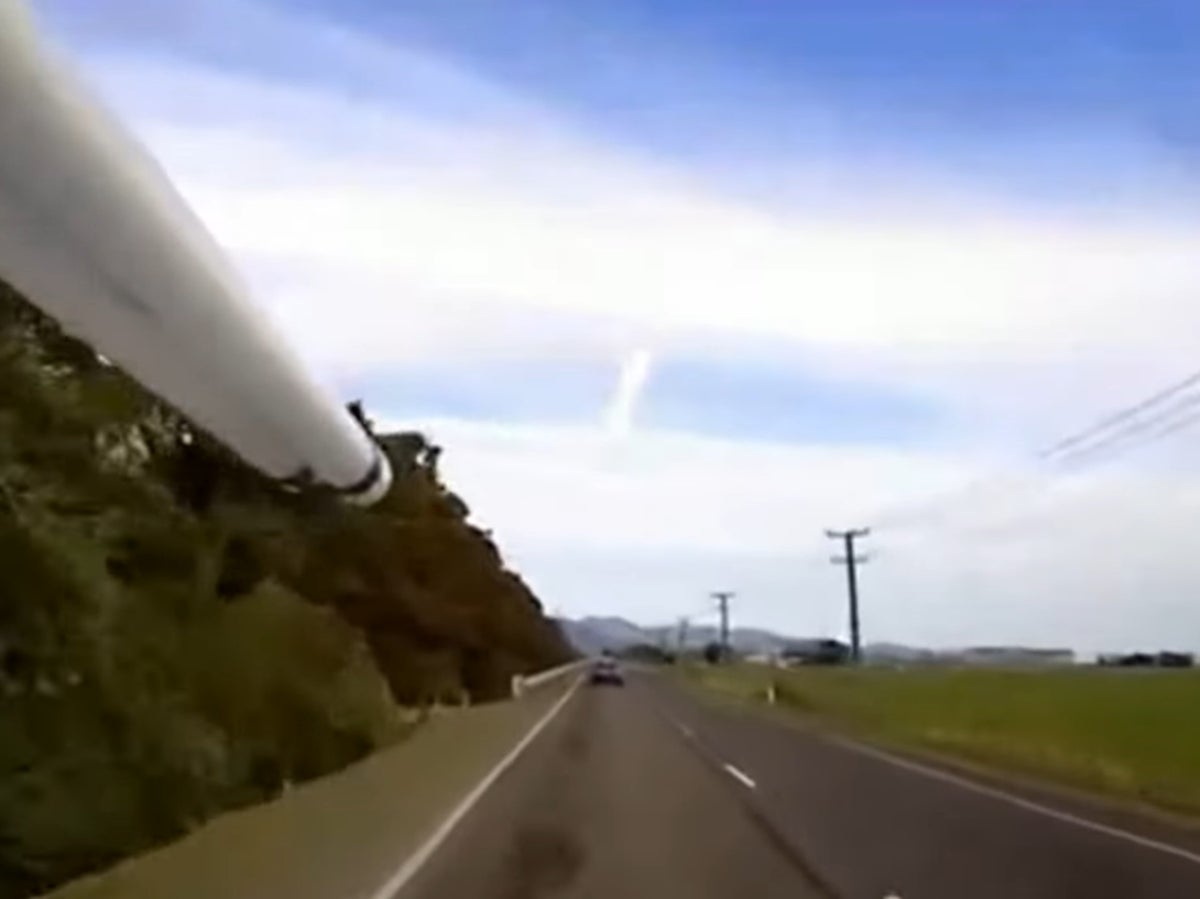
Residents of North Island in Wellington, New Zealand, were amazed on Thursday after they saw a large meteor in the skies above them.
The meteor, which was around 1m wide, was sighted at 1.52pm. Residents said they saw a flash, and heard big booms and faint rumbling sounds, reported RNZ.
New Zealand’s meteorological service confirmed on Twitter that its Wellington radar had picked up an “interesting signature”.
“This shows a cross-section of the atmosphere, with what may be the smoke trail of the meteor that passed over the lower North Island. It’s about the right place and time, and it’s not meteorological.”
A Palmerston local named Sue described the sighting to local media outlets. “It was kind of like a big shooting star, it had a blue tail on it and it looked to me like it was about a metre long,” she said.
Residents between Masterton and Wellington described hearing various sounds, including big bangs and loud or faint rumblings.
The sighting comes 23 years after the country’s last meteor was seen on 7 July 1999.
“I ran outside and saw the trail of it and then there was this low rumble, just like at the start of an earthquake,” Mike Cousins, who lives near Wellington, told Reuters.
He said he was working from home when the room lit up with a bluey-orange hue.
Scientists said that a meteor sighting during daytime is rare.
“[Meteors] are due to macrometeoroids in the atmosphere coming in very quickly, typically 30km per second. To be seen during the daytime it would need to be quite large, something the size of a rugby ball or bigger – that’s what makes them rare,” said space specialist Duncan Steel.
“What’s really exciting about this [the current sighting] is that we live in an era where people have recorded it on dashcams or security cameras at home,” said Otago Museum director Ian Griffin.
“If we get that footage we may potentially be able to figure out the path of the object throughout the sky and possibly, if it survived its fall, to figure out where it landed.”
Mr Steel said that while it would be “very unusual” for the meteor to have made impact on the earth’s surface, its dust would technically fall to the ground.
“You just need to swipe your fingers across the mantelpiece, because typically one in 1,000 dust particles in a house are micro meteorites.”







